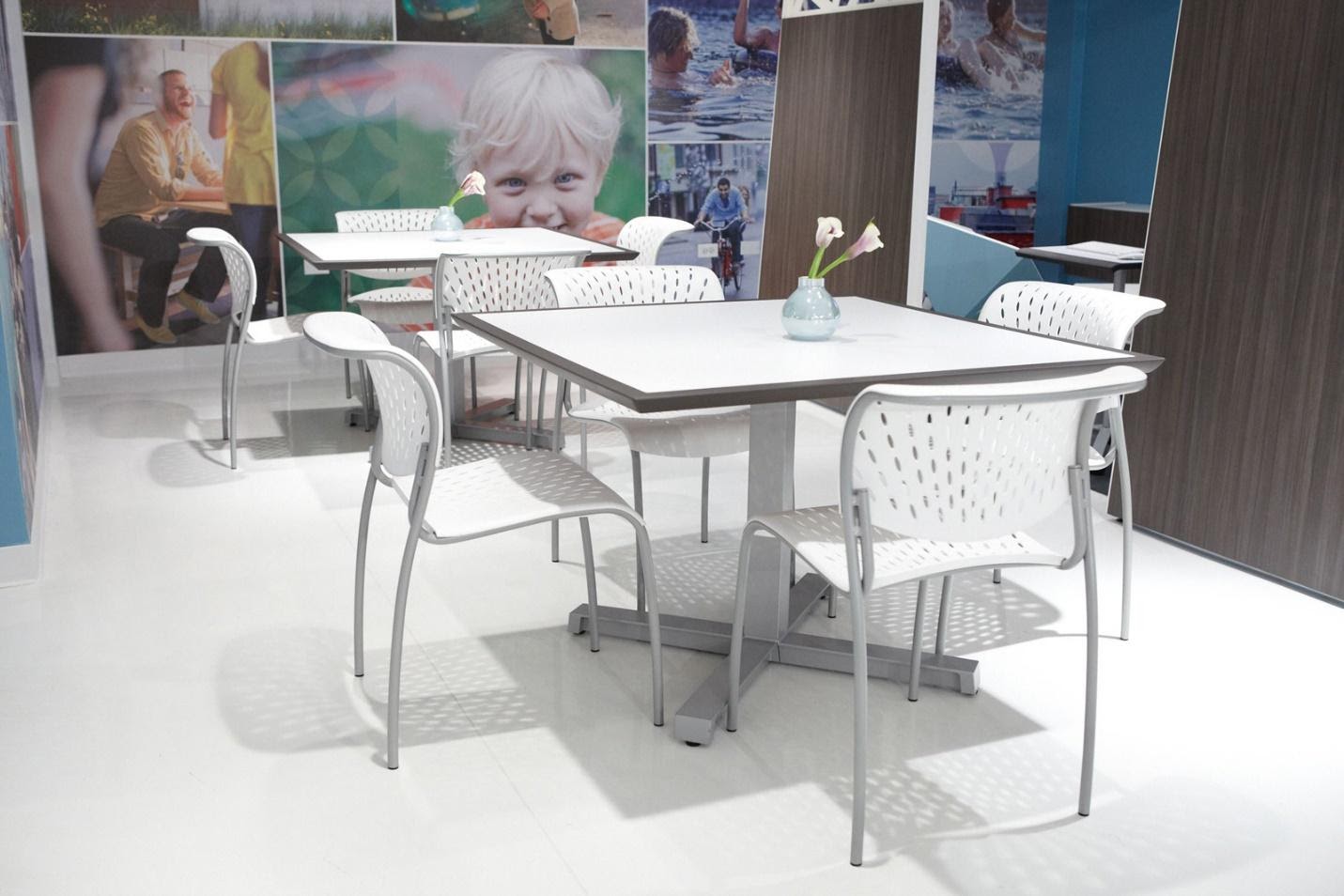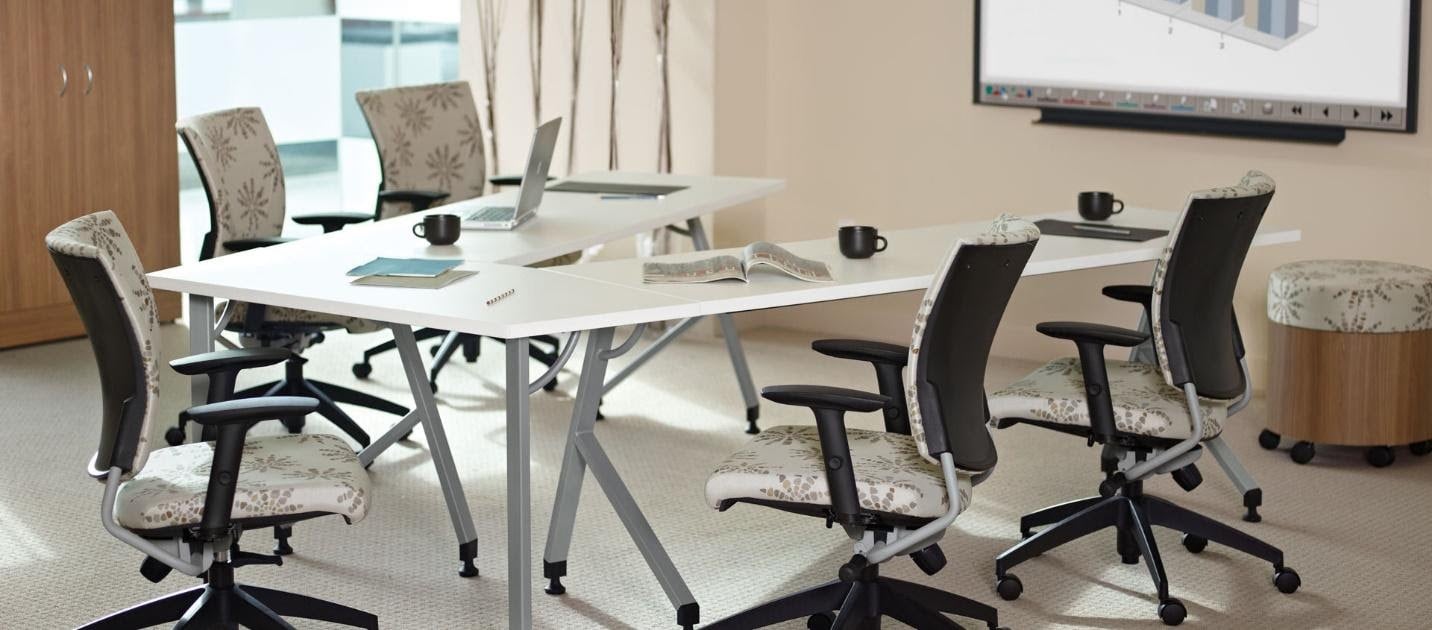
Flexible workplace design means much more than adjustable-height standing desks. Flexibility in the workplace certainly can mean ergonomic furniture, and a flexible workplace strategy often incorporates office features that support wellness, but it also includes options like telecommuting, flex time, and open floor plans.
From increased productivity to appearing more attractive to top talent, more and more businesses are seeing the benefits of incorporating flexibility into their workplace strategy and culture. Keep reading for useful tips on what you can do to incorporate flexibility into your workplace.
Think Young — Millennials Like Flexibility
As baby boomers begin to exit the workforce, it’s important to pay attention to the values of younger demographics. According to a recent survey by Indeed, job seekers age 16-35 give flexibility far more weight than older workers.
Millennials are seeking out positions at companies that embrace technology, paid-time-off, and trust from management. These days results trump appearances. Liberated from cubes and typewriters by technological advances, there’s no reason to think that flexibility, in regard to both workspace planning and employee hours, is out of the question for highly skilled workers.
If you’re a competitive organization that relies on the recruitment of young, highly skilled workers, then workplace flexibility ought to be a priority.
Start With a Plan
Freedom and flexibility will make your employees feel well-treated and respected, but maintaining productivity and keeping track of your bottom line really comes down to effective management and personal accountability. With this in mind, don’t start implementing more flexible workplace policy or design elements without establishing a plan to manage how different spaces are to be used, how flex-time will be managed, and who will approve it. Be sure to include communication as a cornerstone of your flex strategy.

Remember, Flexible doesn’t equal lenient. If you aim to be a truly flexible organization, how and where your teamwork should be left up to them, but accountability and deliverables should be well-defined and well communicated from the get-go.
Understand that Everyone Works Differently
Some people thrive in a flexible workplace, but not everyone will. That doesn’t mean you need to scrap the program. Rather, consider offering other perks to those employees for whom flex work isn’t a successful practice.
First and foremost, flexibility as a workplace strategy is about giving every member of your team the space they need to be productive and thrive. That being said, some people are most productive in a traditional work environment with traditional hours, and you should work to provide this setting for team members who require it.
Aim for Balance Between Open/Collaborative and Private/Focused Spaces

Flexibility can physically manifest itself in your workplace as different working environments. Lean into the mobility variability that technology can afford your employees. As we covered earlier, different individuals and projects will thrive under different conditions. A task or project being coordinated interdepartmentally may require open, collaborative space. On the other hand, if your staff includes computer programmers, a quiet space where individuals can work without interruption may be crucial. Communicate with staff and departments to determine what a balance between different spaces will look like.
Realize that it’s a Work in Progress
A huge benefit of flexibility in the workplace is that it’s, well, flexible! Not everything is going to fall in place all at once. When implementing new, more flexible policies, some businesses will start with a trial period in order to see what sticks and what doesn’t. But keep communication pathways open, get feedback from employees and management, and gather real data that points to the way flex work affects productivity.
Flexibility has become an undeniable component of the modern workplace. If you haven’t already begun to incorporate it into the company culture, these five tips are a great place to start.
If you’re projecting growth and hoping to invest in a flexibility overhaul, consider the experts at Apex Facility Resources. Contact us today!



